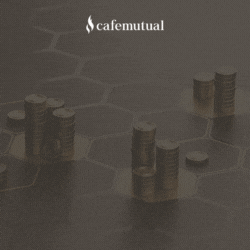There is good news for investors whose MF schemes had exposure to Vodafone Idea Ltd (VIL). Such MF schemes with exposure to Vodafone Idea paper had to side pocket their exposure to VIL because the telecom company was downgraded below investment grade.
Recently, the telecom major has made the complete payment on its debt papers. This means the three MFs that had exposure to debt papers of VIL have received their due. And the MFs will soon be crediting the payment to investors’ accounts.
Among the three fund houses, Franklin Templeton MF had the highest exposure to VIL. FT MF's 6 schemes that are under the winding up process received Rs 1252 crore from VIL.
The other two fund houses are UTI MF and Nippon India MF. While UTI MF has received Rs 161 crore, Nippon India MF has received RS 121 crore.
Industry officials said that Vodafone Idea has cumulatively paid out Rs.2850 crore to 7 bond holders including mutual funds and banks.
UTI MF and Nippon India MF had side pocketed their exposures to Vodafone Idea on February 17 after the telecom company was downgraded by Care Ratings to below investment grade. Franklin India MF had initially marked down their investment in VIL to zero on January 16 and then created a segregated portfolio the next week.
On June 12, these three MFs had received a part of their due as interest payment from VIL and exuded confidence that they would soon receive the full payment.
Side-pocketing is a practice in which fund houses can segregate risky assets from the rest of the holdings and cap redemptions. Simply put, fund houses can create two funds in an existing fund - one with risky assets where the fund house will not allow redemption expecting recovery from stressed assets and another fund with other assets with existing features. Investors redeeming their units in main portfolios get redemption proceeds based on the NAV of main portfolios and continue to hold the units of segregated portfolios.






